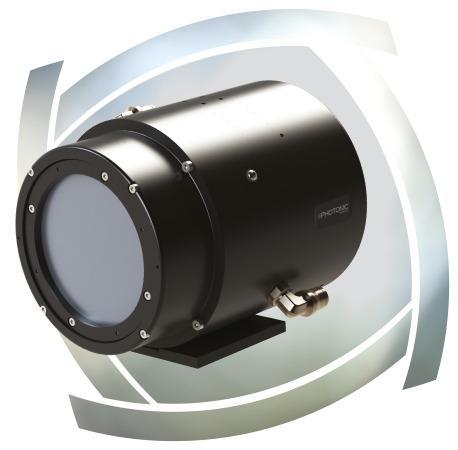News
Key Applications for sCMOS Synchrotron Detectors
1st Dec, 2020
In-situ beamline analysis is carried out using X-ray detectors based on next-generation scientific CMOS. These sensors, thanks to very low readout noise, are able to capture a single X-ray photon whilst maintaining intra-scene good dynamic range.
Synchrotron detectors can be classified as either direct or indirect detectors which will sense from extreme ultraviolet (EUV) radiation directly or convert soft X-rays into visible light. Scientific CMOS cameras will perform direct detection from EUV up to 2kev whereas indirect detection scientific CMOS cameras will be used for 2keV up to >100keV energy range applications.
Let’s take a look at some of the key applications of synchrotron detectors based on scientific CMOS sensing arrays.
Small- and Wide-Angle X-ray Scattering
Usually abbreviated to SAXS or WAXS, this method is ideal for characterising a wide range of non-crystallized materials as a function of their order/disorder. They can be used separately but are typically carried out simultaneously to acquire both short and long-range scattering vectors. This provides dual insights into a sample’s degree of crystallinity plus structural information of up to 25 nanometres (nm) for macromolecules and 150 nm for partially-ordered systems.
Generally, SAXS and WAXS beamline applications require a large area synchrotron detector and a highly collimated X-ray source. The recent introduction of very low noise CMOS detectors with tiled geometry is addressing these requirements by delivering single-photon sensitivity and a large active area with no gaps between tiles.
Small Molecule and Protein Crystallography
Determining the crystallization quality of small molecules and proteins is critical in pharmaceutical development and chemical quality control (QC). This typically involves a brilliant X-ray beamline which is trained on a rotating sample and an sCMOS synchrotron detector which continuously records the Bragg reflections at each orientation. Crystallography can provide important insights into the kinetics of key enzymes and proteins, but it requires detectors with a high dynamic range and a large area.
The release of new very low noise CMOS detectors with high anti-blooming structure and non-destructive readout built directly into the pixel allows the detectors to withstand a large intake of flux from the strongest diffraction peaks.
X-ray Micro & Nano Tomography
Computed tomography is used to reconstruct a three-dimensional (3D) render of an object using multiple radiographs taken from different angular positions. Hundreds or thousands of contiguous radiographs are arranged using iterative reconstruction algorithms. This creates an ultra-precise 3D model of the sample with micro- or nanoscale resolution. But the acquisition time is extensive – depending on the beamline configuration.
Both direct detection and indirect synchrotron detectors are used for this type of application. New rad-hard 2kx2k cameras are now available and will offer very good sensitivity from EUV up to the water window with a typical extension up to 2-3keV. Indirect X-ray cameras will be used beyond with resolution from 4k x 4k up to 6k x 6k with specific scintillators capable of achieving sub-micrometer resolutions in advanced CT applications.
Synchrotron Detectors from Photonics Science
The Photonics Science team has developed a range of X-ray cameras suitable for an extremely wide cross-section of synchrotron beamline applications. Refer to the individual application’s pages for more details on synchrotron detectors for each of the above examples. Or, if you would like to talk specifications for your beamline application, simply contact a member of the team today.




